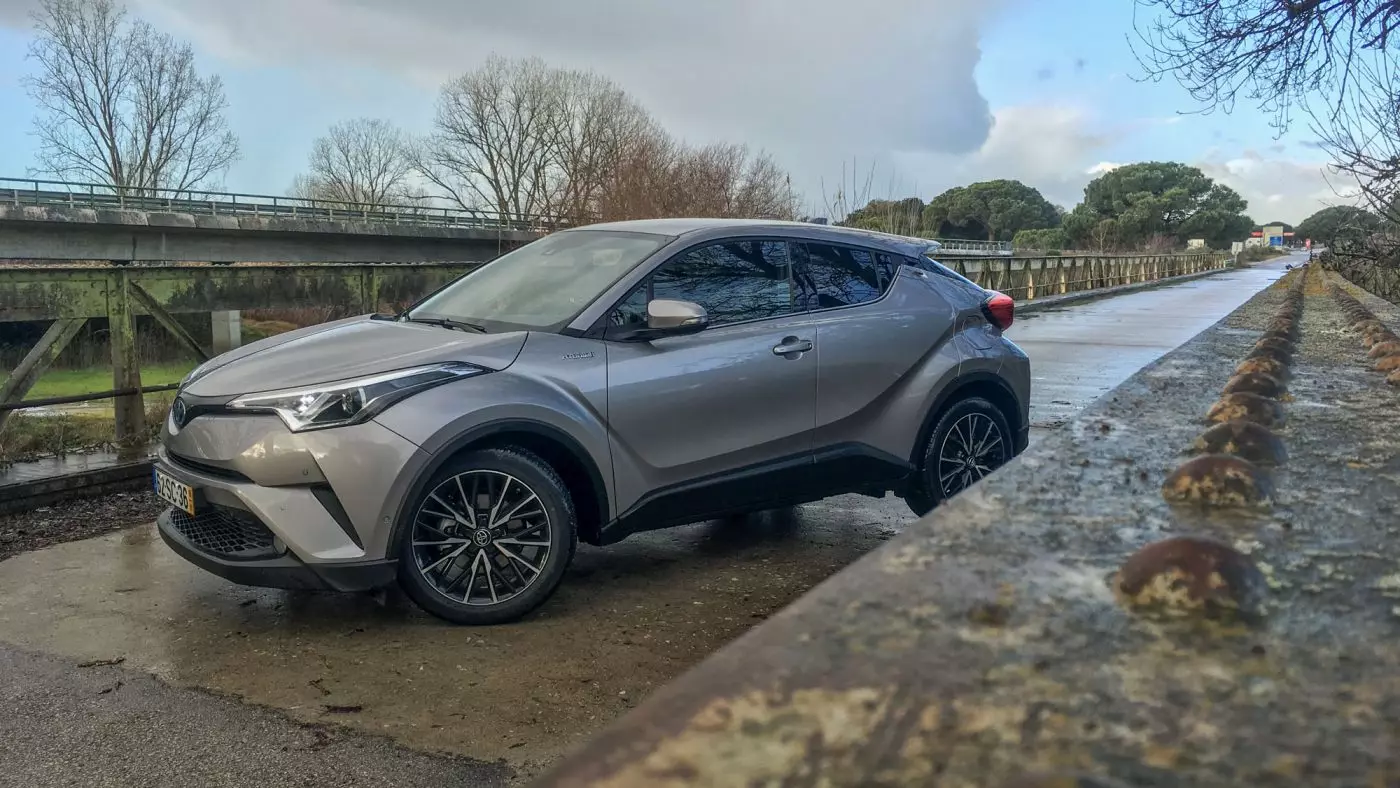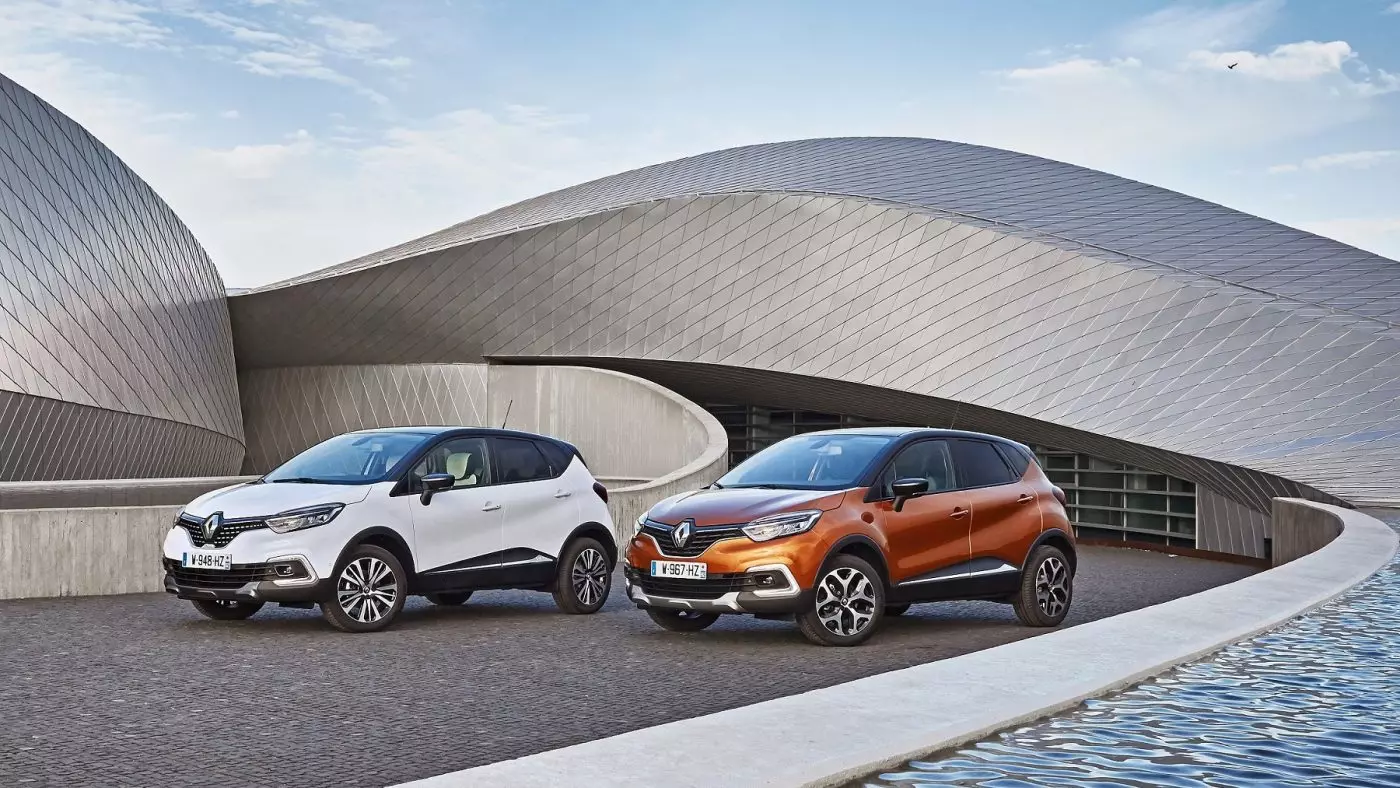Like it or not, SUVs and crossovers have been the main responsible for the recovery of the European market in recent years. And just like in conventional cars, we can fit them into the most varied segments, with size being the main differentiating factor (although not always ideal).
It has been the small SUV and crossover — B-segment or often called compact SUV/Crossover — the ones that have grown the most in terms of proposals and market volume: in 2009, around 125 thousand units were sold, in 2017 this number grew more than 10 times, surpassing 1.5 million units (JATO Dynamics numbers).
However, confusion has set in, since within the same segment we have completely different proposals, which hardly rival: what a Citroën C3 Aircross has to do with a Volkswagen T-Roc, or a SEAT Arona with a Dacia Duster.

As you can see, there is no pre-defined recipe, not even a set of standardized dimensions — we have proposals ranging from 4.1 m, like the Renault Captur, to over 4.3 m like the Toyota C-HR .
The positioning of some of these models, which do not seem to fit in any segment, has dominated countless online discussions and “coffee talks” and even the media do not help to clarify.
Perhaps the most “flagrant” case refers to the Volkswagen T-Roc, which appears both integrated in the B segment (Captur, Stonic, etc) and in the C segment (Qashqai, 3008, etc), depending on the publication or opinion. However, for those who place it in segment B, this year the T-Cross will appear, a crossover with a Polo base. So where is the T-Roc?
B-SUV, a lode for brands
This confusion of positioning and segments is not limited to the B segment, or even to SUVs, but it is in this type of proposal and segment (B-SUV) that we can best observe this evolution in market segmentation.
In other words, the B-segment, in the SUV/Crossover, was clearly divided into two. Are we now in the presence of a new intermediate segment, which we can call B+?
The reason for this increasingly clear division lies in the commercial success of the B-SUVs — they are a lode for brands. Small SUV/Crossovers are generally derived from B-segment models, with similar production costs, but with higher prices, in the region of several thousand euros. But it is still possible to monetize this lode more.
For this, we will see brands bet on two models for the same segment. The Volkswagen T-Roc/T-Cross case is an example, but it won't be the only one. We recently realized that Jeep is preparing to launch a smaller SUV than the Renegade — the latter is dimensionally closer to the C-segment, leaving room for a more compact proposal below.

Rumors point to Renault presenting a similar strategy. The Captur, leader in the segment, should be accompanied by a second model, in 2019. There is no certainty whether it will be a Grand Captur — the brand already sells the Kaptur (yes, with K) in some markets, a longer Captur (platform of the Dacia Duster) — or whether it will be an electric crossover, but with its own identity, as happens between Clio and Zoe.
As long as the demand for SUV/Crossover remains, this dispersion and division of traditional segments should continue and be reinforced.
